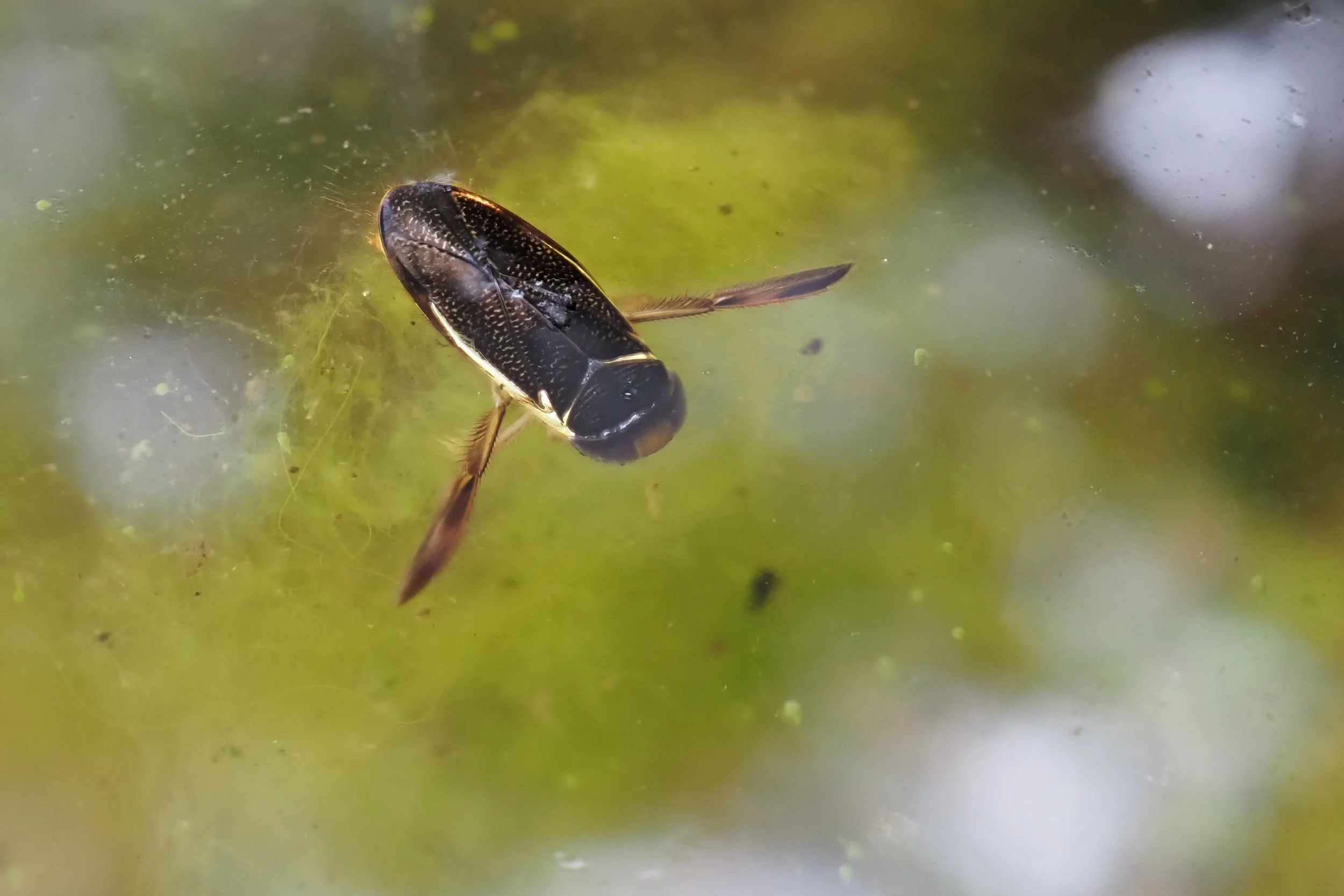Shop
Our books are distributed to the trade by MIT Press, beginning in Spring 2019. Or email us, we’ll get you your books.
Aquabeat Hydrophone
Aquabeat Hydrophone
Tune in to the fabulous world of underwater sounds
Remember when as a little kid you loved playing in ponds? Now you can listen to the strange creatures that are there.
Okay, this is not a book. But it WILL be a book, in January, called SECRET SOUNDS OF PONDS and coming from Roof Books.
But meanwhile you can follow along my listening process with these new underwater microphones.
You probably didn't know that many of these critters make amazing sounds. And that 90% of these sounds remain unknown to science. They sound like weird electronic music, or aliens from another world. With the new Aquabeat Hydrophone you can listen in on this fabulous underwater world.
Most commercially available hydrophones are expensive and designed for deep sea use. They are not all that great in picking up tiny, localized higher frequency freshwater sounds.
You'll hear sounds no one can explain.
When I heard that people only know 10% of the sounds audible in your average pond, I decided to figure out how to manufacture a less expensive, contact-based hydrophone that the little kid in all of us could use to explore this nearby audible world.
I would like to see hundreds of citizen science explorers out there collecting these sounds, isolating the best ones and sharing them online with each other, making music out of them, enjoying the mysteries in our backyards.
The Aquabeat is priced reasonably enough so many people can afford them. All you need to use it is a small audio recorder (TASCAM DR-05 or Zoom H2N for example), and headphones or a portable speaker to enjoy.
Where Are These Hydrophones Made?
These hydrophones are being manufactured in China with the assistance of Gejing Jiang, who has made the ESunPride underwater speakers I have used to make music with whales for years. He graduated from Tsinghua University, Beijing, China, and previously worked as an engineer of the South China Sea Institute of Oceanography, the Chinese Academy of Sciences.
The hydrophones are being manufactured by Shenzhen Xinyatu Sound Electronics Co., Ltd. in Guangdong Province, China . Their major products are piezoelectric elements, and they have 140 employees.
Aquabeat hydrophone instructions:
These are so named because they are optimized for picking up the rhythms of underwater plants in ponds and the strange sounds of underwater insects that can be heard in the midst of them.
If you use it in salt water, be sure to rinse well every time after use.
These microphones work with the 1/8” inputs on portable audio recorders such as the Sony M10, A10, Tascam DR-05, DR-07, DR-05x, DR-07x, Zoom H2, H4N, H5, and many others.
For the Aquabeat to work properly, plugin power must be turned on. The process to do that differs from recorder to recorder. On recorders like the Zoom H5 or H6 with many inputs, you will need to use the one mini jack 1/8” mic input that provides plugin power: on these two recorders it is located near the top of the device, check the manual for details.
Or you could use an adapter like this that changes XLR phantom power to plugin power: https://www.amazon.com/Saramonic-Female-Adapter-Phantom-Converter/dp/B0887ZL65Y?th=1 or https://www.amazon.com/gp/product/B07L42PBY5/
Then you could use any input, if phantom power is turned on.
If you want to plug your hydrophone into a smart phone, there are some adapters that provide plugin power, such as this one from AudioTechnica: https://www.amazon.com/dp/B07ZP9L6ST?psc=1&ref=ppx_yo2_dt_b_product_details that works for USB-C phones. Another possibility is: https://www.saramonicusa.com/products/sr-c2003
Here’s one that works for iPhones with a lightning connector: https://www.amazon.com/Movo-Lightning-iPhone-Headphone-Adapter/dp/B08L6YNNB5/
Any questions, feel free to contact me, rothenbird@gmail.com
David Rothenberg
Some sample recordings made with the Aquabeats can be heard here.
”Not at all hissy! Picks up really fine transients! Not 'thin' sounding either (common with other hydrophones - dislike that sound immensely!) Great sound for common pond frequencies.”
—David de la Haye, sound artist, UK
Here’s David’s recording from New Year’s Eve 2022!




